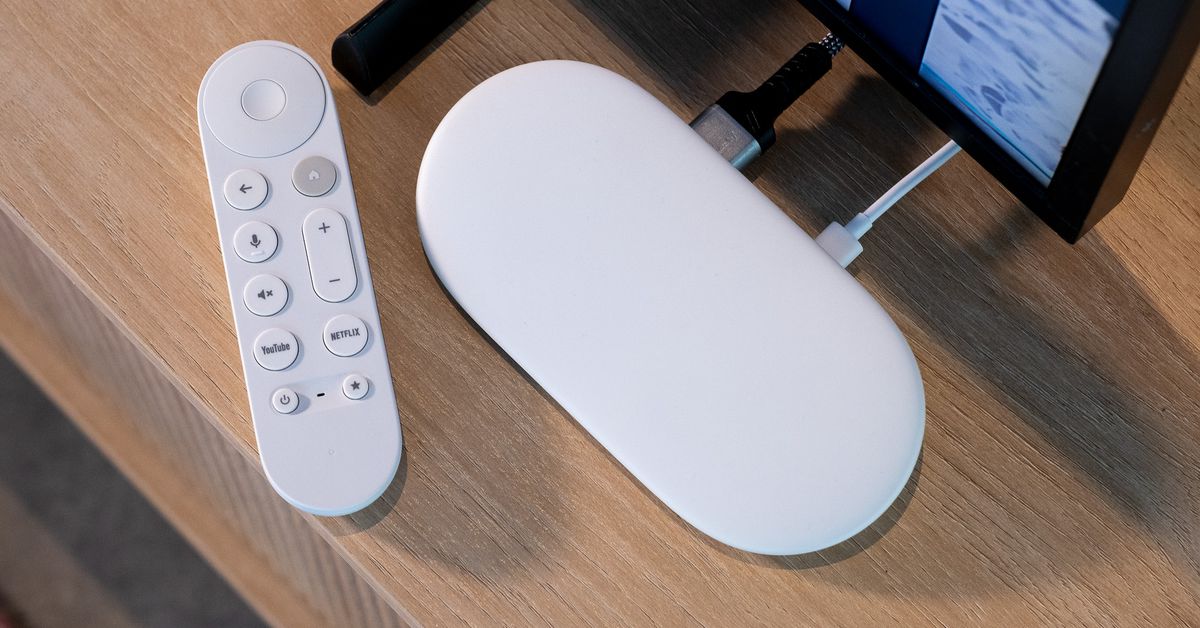Why Google Decided Now Is the Time to Ditch Chromecast
The Chromecast is disappearing after more than a decade in Google’s hardware portfolio, with the company gradually phasing it out to make way for the new Google TV Streamer. Back in 2013, the timing was perfect for the Chromecast’s success. Most TVs at the time had rudimentary entertainment apps that were often slow, so being able to stream content from your phone to a TV made a lot of sense.
But times have changed. With Chromecast with Google TV in 2020, Google pivoted in the opposite direction, offering a much more traditional, laid-back entertainment experience. Casting was replaced by carousels of content recommendations, and native apps returned.
The Google TV Streamer is designed to build on that strategy by integrating Gemini AI intelligence into its software. It will bring smart home controls right to your TV screen. And yes, it will be faster than the often-sluggish Chromecast. “It’s blazing fast, so it’s a more premium model than anything we’ve released before,” said Shalini Govil-Pai, the VP and GM of Google TV. I spoke with her last week to hear more about the thinking behind Google’s $99 device, which goes on sale in late September.
“The Google TV Streamer was our answer to a lot of our users saying, ‘Hey, Chromecast is great and it’s really cheap. But now we can get cheap devices from a lot of players,’” Govil-Pai said. (Walmart’s Onn brand fills the sub-$50 zone quite nicely with multiple Google TV streamers, and Amazon and Roku both sell devices priced in the same impulse-purchase space.)
So Google decided to focus on a higher-end device, and saw the Nvidia Shield — long touted as the most performant Android TV streamer — as something to aspire to. “The Nvidia Shield was our gold price point and gold performance point, and that’s really what it’s going to be with our Google TV Streamer. So we’re really excited about it,” Govil-Pai said.
And yet, even immediately following the announcement, some of our commenters were frustrated that Google had settled for only a 22 percent increase in CPU speed. There’s a good chance this thing will still benchmark below the fairly old Shield. Why not just stick a Tensor chip in it?
It comes down to cost and keeping the Streamer at an acceptable price point for the average consumer. “We don’t know if there’s any functionality that would actually convince people to buy at higher price points than this, but the market overall tells us that people are probably not ready for it yet,” Govil-Pai said.
Google isn’t convinced there’s a market for a streamer that costs more than $100
And even if there is Ultimately, a more expensive living room device from Google, it sounds like horsepower won’t be the primary justification. “Do we have enough functionality over time, let’s say from a Gemini perspective, that it’s worth spending even more money? Then we’ll certainly look at it,” she said. “But right now, I think that’s the competitive price point that we want to play at.”
Google has doubled the amount of RAM in the Google TV Streamer, which could play just as big a role as the CPU bump in ensuring smoother day-to-day performance – and keeping it that way after a year or two. The Chromecast with Google TV had a reputation for being great out of the box but becoming increasingly sluggish over time. Google’s decision to stick with Wi-Fi 5 on a streaming device is unfortunate, but at least there’s built-in gigabit ethernet.
The Google TV Streamer is also relatively future-proof as a smart home hub. The Google Home panel lets you quickly dim lights, view cameras, activate automations, and more. There’s also Matter support and a Thread border router built in.
As for the new software capabilities, Govil-Pai said that Google is trying to capitalize on modern trends. You can use Gemini to create generative AI screensavers that display when the Google TV Streamer is in ambient mode — a bit like a Frame TV — or to pull up photos from a recent trip. On that note, I asked Govil-Pai why there still isn’t a proper Google Photos app for the company’s TV platform. “What we found in our user studies is that most people don’t really want to open the app on the TV. They just want to be able to get to things really quickly, and that’s why we believe voice interactions — like, ‘Hey, show me my memories from last year’ — are the most relevant experiences.”
On the Google TV Streamer, Gemini will also show summary overviews of shows and movies when you click through to their detail pages. The outgoing Chromecast already shows Rotten Tomatoes scores and IMDb ratings, but this will aggregate feedback from more places. “You’ll be able to see a summary across the web of what people are saying about this show,” Govil-Pai said. “Like, is it great? Is it not so great but really good for people who like sci-fi? That’s all summarized for you.” Google believes LLMs will also be able to produce more refined recommendations compared to the fairly general categories that Google TV shows now.
Despite all of these front-facing features, one of Govil-Pai’s favorite new additions is one of the simplest: The Google TV Streamer has a “find remote” button on the back of the device. When you press it, the remote makes a beeping noise, making it easier to find on movie night. Your move, Apple, and no… use my phone to find a remote is not the answer.
Photography by Chris Welch / The Verge
Share this content:




Post Comment